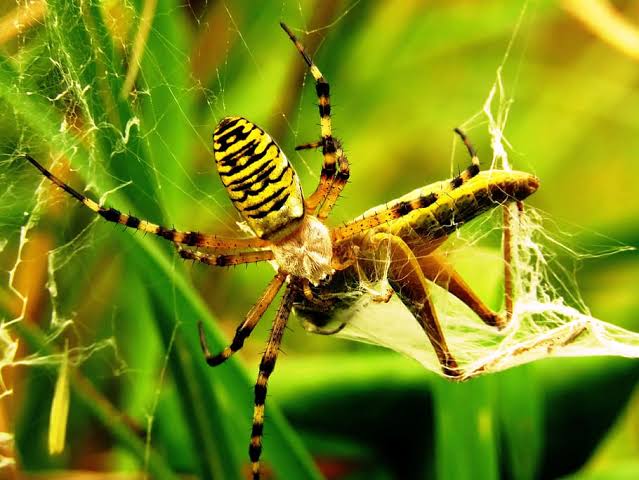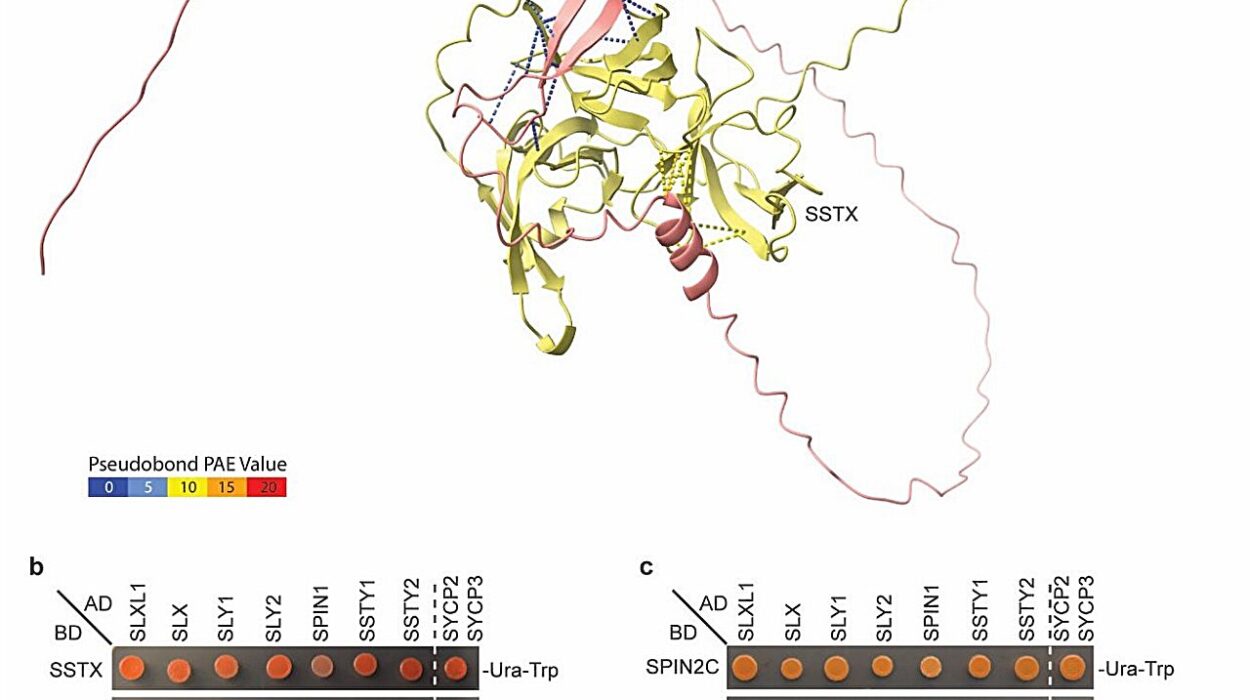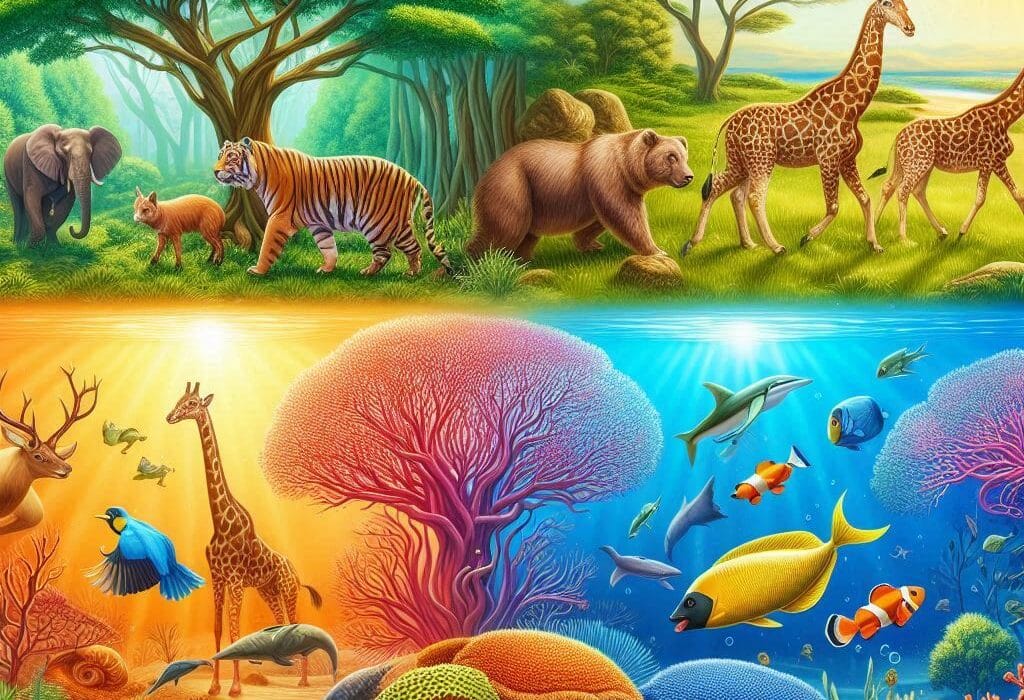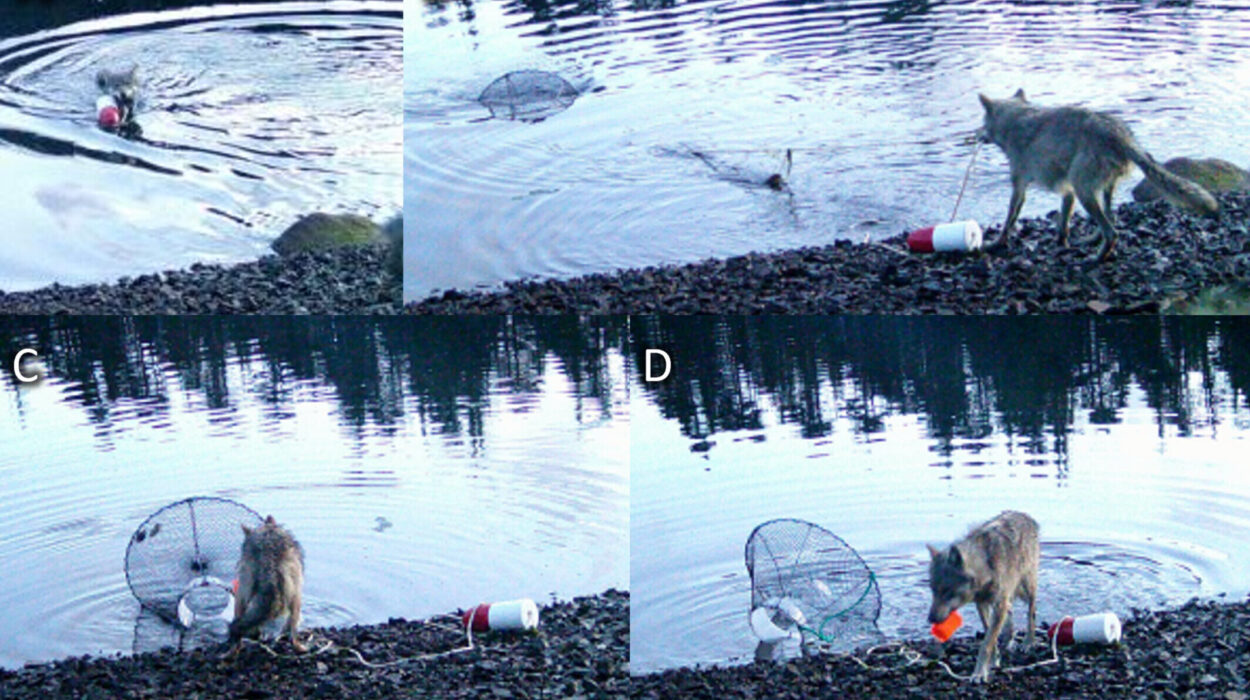When we think of strength, images of steel beams supporting skyscrapers or titanium alloys fortifying aircraft often come to mind. Yet, beneath the quiet canopy of forests and even inside our homes, an astonishing feat of natural engineering unfolds daily. Spiders, those often-misunderstood creatures, spin threads finer than a human hair yet stronger, tougher, and more resilient than many of the strongest man-made materials. Their webs can withstand forces that defy their delicate appearance, capturing prey and braving storms with an elegance that has fascinated scientists and poets alike.
The story of spider silk is not merely one of biological curiosity; it is a tale of evolutionary marvel, molecular ingenuity, and potential technological revolution. How does such a tiny creature produce fibers surpassing steel in strength? What secrets lie within the structure of these silken threads? And how might humans harness this natural wonder to solve pressing challenges in materials science?
To answer these questions, we must journey into the hidden world of spiders, explore the biology of silk production, understand the extraordinary material properties of spider silk, and glimpse the frontier of biomimicry where science meets the natural artistry of these eight-legged architects.
The Legacy of Spider Silk in Nature
Spider silk has been spun for more than 400 million years, long before humans walked the Earth. Throughout this vast stretch of time, spiders have evolved an incredible variety of silks, each adapted for specific purposes—from wrapping prey and creating egg sacs to building elaborate webs that trap flying insects.
Unlike silkworm silk, which has been cultivated by humans for thousands of years, spider silk remained elusive to large-scale harvesting due to the territorial and predatory nature of spiders. Yet, the sheer diversity of silk types—more than six distinct kinds produced by some species—demonstrates the complexity of this natural fabric.
Orb-weaving spiders, such as those from the Araneidae family, are particularly famous for their intricate webs. These webs are not just passive traps but finely tuned mechanical structures capable of dissipating energy, adapting to wind and prey impact, and self-repairing minor damage. Each thread in the web fulfills a specific role, varying in thickness, elasticity, and stickiness.
To understand why spider silk is stronger than steel, we must first examine how spiders make this remarkable material.
From Liquid to Solid: The Art of Silk Production
The journey of spider silk begins deep within the spider’s abdomen, in specialized silk glands. Each gland produces a distinct type of silk, secreting a protein-rich liquid that is transformed into a solid fiber through an extraordinary process of spinning and molecular alignment.
At a glance, the process seems almost magical. The liquid silk dope, stored in the gland, flows through a complex duct system culminating in the spinnerets—small appendages located at the rear of the spider. As the liquid moves through narrowing ducts, it experiences changes in pH, ion concentration, and mechanical forces. These changes trigger the proteins to unfold and reorganize into crystalline structures, which harden into solid fibers.
The transformation is so efficient that it requires no additional energy input; the spider uses mechanical pulling and the chemical environment to drive the phase transition. This biological spinning is far more advanced than human industrial methods that typically rely on high temperatures and chemical additives to produce fibers.
The silk fiber itself consists primarily of large protein molecules called spidroins. These proteins have a unique architecture, combining repetitive sequences that form crystalline beta-sheet nanostructures and amorphous regions that provide elasticity. The crystalline domains lend tensile strength—resisting stretching—while the amorphous parts enable flexibility and toughness.
This molecular combination is the key to spider silk’s remarkable mechanical properties.
The Mechanical Marvel: Strength Beyond Steel
When scientists first began measuring the tensile strength of spider silk, the results were astonishing. Tensile strength refers to the maximum stress a material can withstand while being stretched before breaking. Certain types of spider silk, especially dragline silk—the “lifeline” spiders use to suspend themselves and build webs—can reach strengths of up to 1.3 gigapascals (GPa). By comparison, high-grade steel alloys have tensile strengths typically around 0.5 to 2 GPa.
However, strength alone does not capture the full picture. Spider silk combines high strength with extraordinary extensibility—stretching up to five times its original length without breaking. This combination of strength and extensibility results in remarkable toughness, a measure of energy absorption before failure, which exceeds that of many synthetic fibers and steel.
This unique balance makes spider silk not only incredibly strong but also remarkably resilient and adaptable. Imagine a thread that can stretch, bend, and absorb energy from flying insects crashing into a web, without snapping—a property that steel beams do not possess.
This extraordinary performance results from the silk’s hierarchical structure. From molecular arrangements of proteins to the macroscopic arrangement of threads in a web, spider silk exploits nature’s ability to create materials with optimized strength, flexibility, and functionality.
The Web: Engineering Masterpiece in Microcosm
The spider web itself is a masterpiece of natural engineering. Constructed with astonishing speed—some orb webs take only an hour to build—the web is a functional design optimized for catching prey and enduring environmental stress.
The framework of the web consists of radial threads that anchor the web and transmit vibrations, while the spiral threads capture prey with adhesive droplets. Each part uses silk with different mechanical properties tailored for the function.
Beyond mechanical function, the web serves as a sensory extension of the spider. Vibrations transmitted through the silk alert the spider to the presence and struggles of prey, or potential threats.
The web’s ability to survive wind gusts and damage comes from its viscoelastic properties. Unlike rigid materials, spider silk can deform and then return to its original shape, dissipating energy without breaking. This dynamic property contributes to the web’s durability.
Evolution’s Laboratory: Why Did Spider Silk Evolve This Way?
The question naturally arises: why has evolution produced such a remarkable material? For spiders, silk is essential for survival. It enables them to capture prey far larger and stronger than themselves, evade predators, create safe shelters, and reproduce successfully.
The selective pressures favoring strong, flexible silk include the need to withstand forces from flying insects, environmental challenges like rain and wind, and the need to balance material use with energy cost. Silk production is metabolically expensive, so spiders must maximize utility while minimizing waste.
Over millions of years, natural selection fine-tuned the molecular structure of silk proteins, the spinning process, and web architecture to produce this exquisite combination of properties.
Challenges in Mimicking Spider Silk
For decades, scientists have dreamed of replicating spider silk for human use—creating fibers as strong and flexible for applications in medicine, defense, and industry. Yet this ambition has met formidable obstacles.
Unlike silkworm silk, which has been harvested and spun for millennia, spiders cannot be farmed easily in large numbers due to their territorial and cannibalistic nature. Moreover, replicating the complex molecular structure and spinning process of spider silk in the laboratory is extremely challenging.
Early attempts to produce synthetic spider silk used recombinant DNA technology to insert spider silk genes into bacteria, yeast, or even goats, enabling the production of silk proteins in other organisms. While progress has been made in producing silk proteins, spinning them into fibers matching natural silk’s properties remains difficult.
The delicate balance of protein folding, the precise control of pH and ion gradients, and the mechanical forces exerted by spinnerets are all difficult to reproduce artificially.
Nevertheless, recent advances in materials science, molecular biology, and bioengineering have brought scientists closer to creating synthetic spider silk and spider silk-inspired materials with potential to revolutionize industries.
Potential Applications: From Medicine to Materials Science
The extraordinary properties of spider silk open exciting possibilities across many fields. In medicine, its biocompatibility and strength make it a promising material for sutures, tissue engineering scaffolds, and drug delivery systems. Unlike synthetic polymers, spider silk is biodegradable and non-toxic, reducing complications in medical applications.
In textiles, spider silk-inspired fibers could create ultra-lightweight, strong, and flexible clothing, protective gear, and parachutes. Its ability to absorb energy and resist tearing is ideal for body armor and sports equipment.
In aerospace and engineering, spider silk’s toughness and flexibility could inspire new composite materials for aircraft, spacecraft, and automotive components, improving safety and reducing weight.
Researchers also explore the use of spider silk in nanotechnology, electronics, and even environmental remediation.
A Model for Sustainability
Beyond strength and function, spider silk offers lessons in sustainability. Produced at ambient temperature, without toxic chemicals or energy-intensive processes, spider silk exemplifies an eco-friendly material.
As humanity grapples with climate change and environmental degradation, learning from spider silk’s green production methods could guide the development of sustainable materials and manufacturing techniques.
Conclusion: Nature’s Thread of Wonder
The story of how spiders weave webs stronger than steel is a testament to the power of evolution, the elegance of molecular design, and the marvels hidden in the natural world. From the microscopic folding of proteins to the sweeping arcs of a dew-laden web, spider silk weaves together biology, chemistry, physics, and ecology into a singular narrative of strength, resilience, and ingenuity.
For centuries, humans have admired spider webs as fragile art, symbols of mystery and patience. Now, with modern science, we are beginning to understand that these delicate strands hold secrets that could transform our future.
In every thread spun by a spider lies a message: that nature, through millions of years of trial and error, can create materials that challenge our most advanced technologies. The challenge before us is to listen, learn, and perhaps one day, to weave our own webs inspired by the silent architects of nature.






